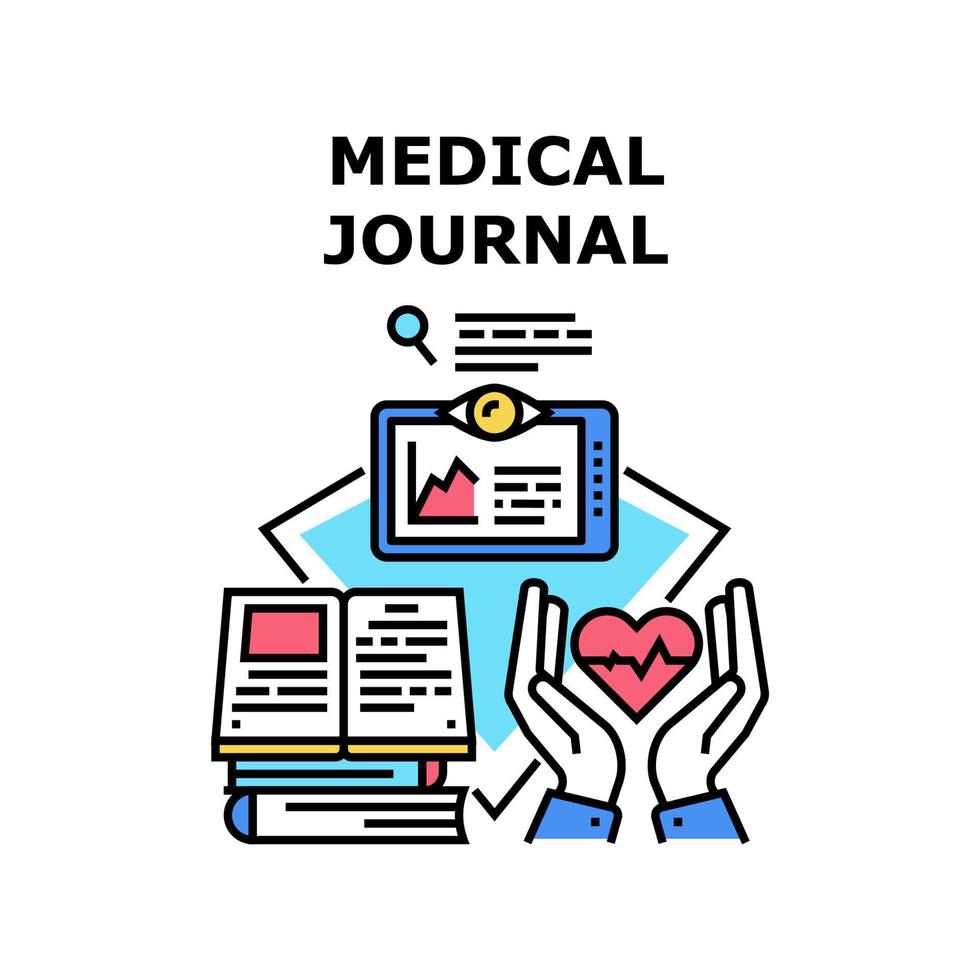How Much Does Medical Illustration Cost Per Figure?

Medical illustrations play a vital role in enhancing the clarity, accuracy, and educational value of scientific manuscripts. Whether used in surgical case studies, anatomical breakdowns, or visual explanations of biological processes, these illustrations serve as indispensable tools for medical journals. But how much does it cost to include such figures in a published article? In this article, we explore everything you need to know about medical journal illustration cost per figure, including the pricing structure, contributing factors, and what to expect when hiring a professional illustrator.
Table of Contents
ToggleUnderstanding Medical Illustration in Journals
Medical journal illustrations are precise, scientifically accurate visuals used in peer-reviewed articles, textbooks, and clinical case studies. These images range from simple line diagrams to full-color 3D renderings, each serving a specific function:
- Anatomical drawings to explain body systems
- Surgical step-by-step visuals
- Cellular and molecular representations
- Infographics and clinical data visualization
Because of their technical nature and high accuracy standards, these illustrations require not just artistic ability but also subject matter expertise, often provided by trained medical illustrators.
Average Cost Per Medical Illustration Figure
The medical journal illustration cost per figure can range anywhere between $150 to $1,500 or more, depending on several variables. On average:
- Basic line art or grayscale drawing: $150 – $300 per figure
- Detailed color illustration: $300 – $800 per figure
- High-end 3D render or complex surgical scene: $800 – $1,500+ per figure
These prices reflect industry standards but may vary based on location, illustrator experience, complexity, and project deadlines.
Factors That Influence the Cost
1. Complexity of the Illustration
The level of detail significantly impacts pricing. A simple diagram showing organ positioning may take just a few hours, whereas a full-color surgical technique involving multiple anatomical layers and procedural steps may require days of meticulous work.
2. Color vs. Grayscale
Color illustrations are more visually engaging and helpful for educational purposes, but they require more time and tools to produce. Hence, grayscale or black-and-white images are often less expensive.
3. Revisions and Review Time
Most illustrators offer a set number of revisions in their initial pricing. Additional rounds of feedback, especially from medical professionals, may increase the total cost.
4. Timeline and Urgency
Rush jobs typically come with a surcharge. If an illustration is needed within 48–72 hours, expect to pay a premium, sometimes 25–50% more than standard rates.
5. Licensing and Usage Rights
Journal publishers usually require full rights or exclusive usage, which increases cost. Licensing for educational use or limited rights may reduce pricing, but medical journals generally demand broader rights.
6. Experience and Credentials of the Illustrator
A Certified Medical Illustrator (CMI) or someone with a strong portfolio in scientific publishing will charge more than a novice freelancer, but the investment usually results in higher-quality, publication-ready figures.
One-Time Fee vs. Project-Based Pricing
Some medical illustrators offer per-figure pricing, while others provide quotes based on the entire project scope (e.g., a series of illustrations for one manuscript). When multiple images are required, illustrators may offer a bundled rate, saving time and cost for the researcher or journal editor.
Where to Hire Medical Illustrators
➤ Freelance Platforms
Websites like Upwork, Fiverr, or Behance showcase portfolios of freelance medical illustrators with varying pricing models.
➤ Professional Associations
The Association of Medical Illustrators (AMI) and Medical Artists Association are trusted directories where certified and experienced professionals list their services.
➤ In-House or Academic Partnerships
Some universities and teaching hospitals employ in-house illustrators who can work directly with researchers. This option is often more affordable, especially for repeat clients or institutional projects.
Customization and Journal Requirements
Most medical journals have specific formatting guidelines for figures, such as:
- DPI resolution (usually 300–600)
- File formats (TIFF, EPS, JPEG)
- Color models (CMYK or grayscale)
- Captioning and labeling standards
Meeting these requirements may require additional formatting work, which can influence the overall medical journal illustration cost per figure.
Tips to Optimize Cost Without Sacrificing Quality
- Plan Ahead: Avoid last-minute commissions. More lead time allows for better rates and improved communication.
- Be Specific in the Brief: A detailed description reduces the number of revisions.
- Use a Style Guide: Provide examples of previous figures or journal-preferred styles.
- Bundle Your Request: Commission multiple images at once to negotiate a better rate.
- Credit the Illustrator Properly: Giving credit in your article fosters goodwill and future collaboration.
Final Thoughts
Medical illustrations are more than artistic add-ons—they are scientific tools essential for accurate communication in scholarly work. Understanding the medical journal illustration cost per figure allows researchers, clinicians, and publishers to budget appropriately and collaborate more effectively with professional illustrators.
Whether you’re submitting to a high-impact journal or preparing a complex clinical study, investing in accurate, well-designed visuals is not just a design choice—it’s a necessity for credibility, clarity, and effective medical communication.
FAQs
Q1. What is the average medical journal illustration cost per figure?
The average cost per medical journal illustration figure ranges from $150 to $1,500, depending on complexity, color, timeline, and the illustrator’s experience. Simple line drawings are more affordable, while detailed 3D renderings or full-color surgical scenes cost significantly more.
Q2. Why do medical illustrations cost more than regular graphics?
Medical illustrations require scientific accuracy, technical skill, and anatomical knowledge. Certified medical illustrators often have backgrounds in both art and life sciences, making their services more specialized—and more expensive—than standard graphic designers.
Q3. What factors influence the cost of a medical illustration?
Key factors include:
- Complexity of the subject matter
- Color vs. grayscale format
- Urgency of the deadline
- Revisions required
- Experience of the illustrator
- Licensing and usage rights
Q4. Are there any hidden costs involved?
Yes. Additional costs may include:
- Rush fees for urgent deadlines
- Extra charges for multiple revisions
- Formatting to meet journal specifications
- Licensing for extended or exclusive usage
Always confirm the final quote in writing before starting the project.
Q5. Can I negotiate pricing with a medical illustrator?
Yes. Many illustrators are open to bundle deals if you need multiple images or are working on a series of journal articles. Negotiation is easier when the scope of work is clearly defined.







